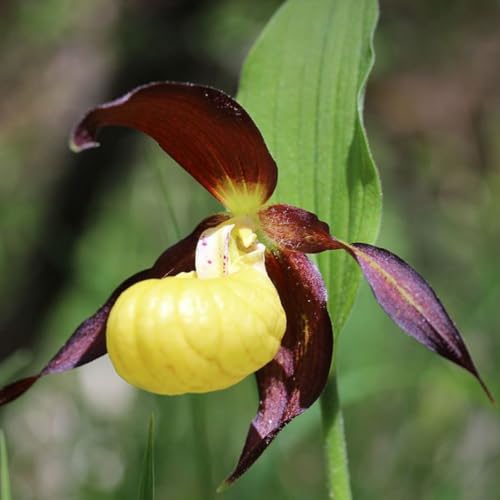O
orchidbri
Guest
aha... my checklist so far is:
Phyton 27 and cinnamon
Cut infected parts and buds off plants
Turn on humidifier, maintain +/- 50% humidity
Slide plant pots into larger plastic pots, to better retain moisture around roots
Consider using RO rather than municipal, potentially fertilizer and root stimulate
Keep cinnamon off roots
Phyton 27 and cinnamon
Cut infected parts and buds off plants
Turn on humidifier, maintain +/- 50% humidity
Slide plant pots into larger plastic pots, to better retain moisture around roots
Consider using RO rather than municipal, potentially fertilizer and root stimulate
Keep cinnamon off roots
















































